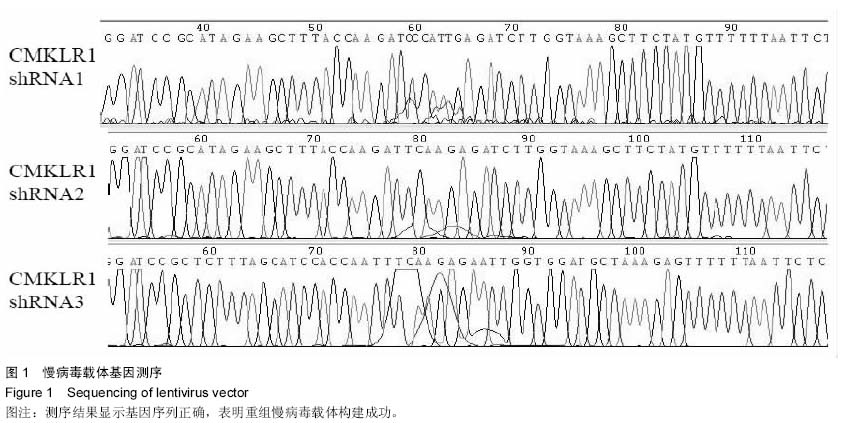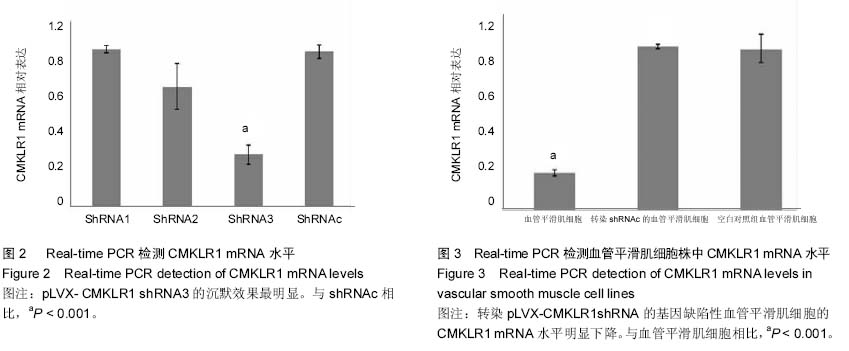| [1] Golia E, Limongelli G, Natale F, et al.Adipose tissue and vascular inflammation in coronary artery disease.World J Cardiol. 2014;6(7):539-554.
[2] Ernst MC, Sinal CJ. Chemerin:at the crossroads of inflammation and obesity. Trends Endocrinol Metab. 2010; 21(11): 660-667.
[3] Spiroglou SG, Kostopoulos CG, Varakis JN,et al. Adipokines in periaortic and epicardial adipose tissue: differential expression and relation to atherosclerosis.J Atheroscler Thromb.2010; 17(2):115-130.
[4] Dong B, Ji W, Zhang Y. Elevated serum chemerin levels are associated with the presence of coronary artery disease in patients with metabolic syndrome. Intern Med. 2011;50(10): 1093-1097.
[5] Ji Q, Lin Y, Liang Z,et al.Chemerin is a novel biomarker of acute coronary syndrome but not of stable angina pectoris. Cardiovasc Diabetol. 2014;13:145.
[6] Dessein PH, Tsang L, Woodiwiss AJ,et al.Circulating concentrations of the novel adipokine chemerin are associated with cardiovascular disease risk in rheumatoid arthritis.J Rheumatol. 2014;441(9):1746-1754.
[7] Kostopoulos CG, Spiroglou SG, Varakis JN, et al.Chemerin and CMKLR1 expression in human arteries and periadventitial fat: a possible role for localchemerin in atherosclerosis?BMC Cardiovasc Disord. 2014;14:56.
[8] Owman C, Nilsson C, Lolait SJ.Cloning of cDNA encoding a putative chemoattractant receptor.Genomics. 1996;37(2): 187-194.
[9] Mattern A,Zellmann T,Beck-Sickinger AG.Processing, signaling,and physiological function of chemerin.IUBMB Life. 2014;66(1):19-26.
[10] Bondue B, Wittamer V, Parmentier M.Chemerin and its receptors in leukocyte trafficking, inflammation and metabolism.Cytokine Growth Factor Rev. 2011;22(5-6): 331-338.
[11] Yoshimura T, Oppenheim JJ.Chemokine-like receptor 1 (CMKLR1) and chemokine (C-C motif) receptor-like 2 (CCRL2); two multifunctional receptors with unusual properties.Exp Cell Res. 2011;317(5):674-684.
[12] Wittamer V, Franssen JD, Vulcano M,et al.Specific recruitment of antigen-presenting cells by chemerin, a novel processed ligand from human inflammatory fluids.J Exp Med. 2003;198(7):977-985.
[13] Meder W, Wendland M, Busmann A, et al.Characterization of human circulating TIG2 as a ligand for the orphan receptor ChemR23.FEBS Lett. 2003;555(3):495-499.
[14] Weigert J, Neumeier M, Wanninger J, et al.Systemic chemerin is related to inflammation rather than obesity in type 2 diabetes.Clin Endocrinol. 2010;72(3):342-348.
[15] Kaur J, Adya R, Tan BK, et al.Identification of chemerin receptor (ChemR23) in human endothelial cells: chemerin-induced endothelial angiogenesis. Biochem Biophys Res Commun. 2010;391(4): 1762-1768.
[16] Fatima SS, Rehman R, Baig M, et al.New roles of the multidimensional adipokine:chemerin.Peptides. 2014;62: 15-20.
[17] Mariani F, Roncucci L.Chemerin/chemR23 axis in inflammation onset and resolution.Inflamm Res. 2015;64(2): 85-95.
[18] Dong S, Xiong W, Yuan J,et al.MiRNA-146a regulates the maturation and differentiation of vascular smooth muscle cells by targeting NF-κB expression.Mol Med Rep. 2013;8(2): 407-412.
[19] Samson M, Edinger AL, Stordeur P, et al.ChemR23, a putative chemoattractant receptor, is expressed in monocyte-derived dendritic cells and macrophages and is a coreceptor for SIV and some primary HIV-1 strains.Eur J Immunol.1998;28(5):1689-1700.
[20] Yoo HJ, Choi HY, Yang SJ, et al. Circulating Chemerin Level is Independently Correlated with Arterial Stiffness. J Atheroscler Thromb. 2012;19(1):59-68.
[21] 范书英,黎娜,于长安,等.冠心病患者血浆Chemerin水平的变化及其影响因素.临床心血管病杂志. 2012;28(1):31-33.
[22] Watts SW, Dorrance AM, Penfold ME,et al.Chemerin connects fat to arterial contraction. Arterioscler Thromb Vasc Biol. 2013;33(6):1320-1328.
[23] Lehrke M, Becker A, Greif M, et al.Chemerin is associated with markers of inflammation and components of the metabolic syndrome but does not predict coronary atherosclerosis. Eur J Endocrinol.2009;161(2):339-344. |

